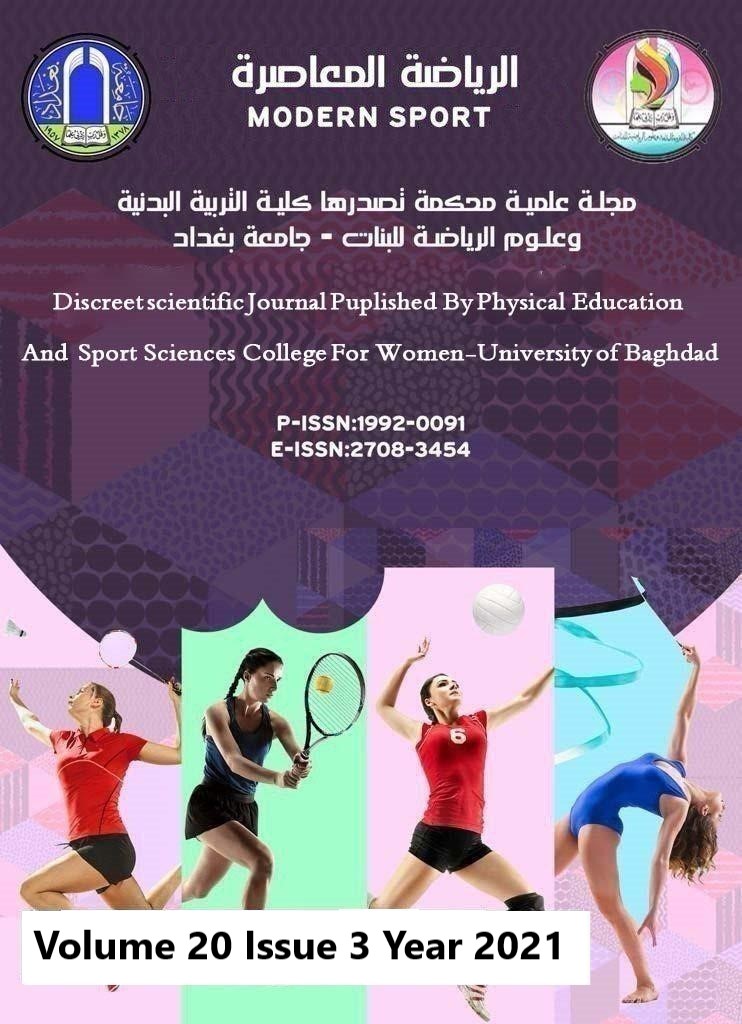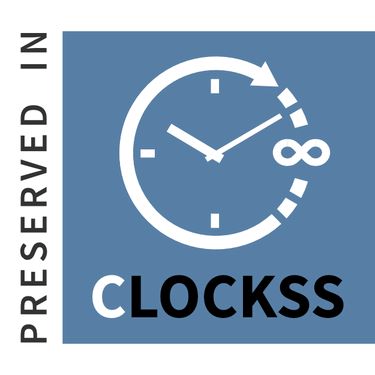A comparative study of some kinematic variables between the success and failure attempts of the cardiovascular posterior skill of stability in the Basrah Parkour players
DOI:
https://doi.org/10.54702/msj.2021.20.3.0119Keywords:
Key words: Parkour, 3D, Kinematics, success and failure.Abstract
Three-dimensional technology. We can see the athlete’s movements from any angle, for example these angles (back and front of the player as well as the corners of the top or the bottom) and we can measure the real angles of any part of the body as these angles express accuracy in the measurement and represent their true values and we can measure Also accurately accelerate linear, angular and on axes (x,y,z). The aim of this study is to compare the main kinematics factors between success and failure attempts in back somersault standing performance of Basra Parkour players. Four players participated in this study. three cameras were used in this study at a rate of 240 images per second. The success movement and failure movement were selected for each player for a three-dimensional analysis, and through the results, it appeared that the path of the attempt to succeed was longer than the attempt at failure in time. The velocity of the hand segment and the maximum velocity in the attempt to succeed were greater than those of the attempt to fail, and this result was an increase in the velocity of the projectile and an increase in the vertical height of the center of mass. When standing up in Event 2, the amount of flexion of the hip and knee joint angle contributed to the optimal state of advancement and at the peak point the hip and knee joint angle was bent to the maximum to reduce the moment of inertia. At this point, too, the higher parties in the attempt to succeed extended more than those in the attempt at failure.
References
- Sareeh Al-Fadhily & Alwan Wahbi. (2012). Mathematical biomechanics for the students of physical education colleges/ Baghdad.
- Talha Hussein Hussam Aldeen. (1994). Functional foundations of sports training. Dar Al-Fikr Al-araby for printing and publishing, Cairo.
- Firdous Majeed. The effect of special strength training on some bio kinematic variables and the technical performance of the skill of the ball frontal aerobic somersault on the balance beam of young females. PhD thesis, Baghdad University, Physical Education College.
- Hani Abdul-aziz Salih. (2019). Principles of kinesiology. Dar Al-Mutanaby for printing and publishing, Dammam, KSA.
- Huda Shihab Jari. The effect of using special strength exercises according to some biokinematic variables in developing the technical performance of the skill (front hand jump followed by a full turn around the longitudinal axis) on the modern jump platform. PhD thesis, Baghdad University, Physical Education and Sport Sciences College for Women.
- Wajeeh Mahjoub. (1987). Kinematic Analysis. Higher Education Press, Baghdad.
- Brueggemann, G.- P. (1987). Biomechanics in gymnastics. In B. Van Gheluwe & J. Atha (Eds.), Medicine and Sports Science. Basel, Switzerland: Karger.
- Brueggemann, G. P. (1994). Biomechanics of gymnastic techniques. In Sport Science Review. 3, (2)
- Croft J. L, Schroeder. R. T. and Bertram. J. E. A. (2017). The goal of locomotion: Separating the fundamental task from the mechanisms that accomplish it. Psychon. Bull. Rev. 24.
- H. Matsui & K. Kobayashi, Biomechanics, VIII-B Champaign, IL: Human Kinetics.
- Hwang, I., Seo, G. & Liu, Z. C. (1990). Take-off mechanics of the double backward somersault. International Journal of Sport Biomechanics, 6
- Mould, O. (2009). Parkour. the city, the event. Environ. Plan. D 27.
- Schubin, M. and schustin , B. (2000). approaching heights. Some model parameters of the high jump, modern athkete and coach, journal article, Australia, A.P.T.
- Decatoire, A., Beauprez, S.A., Pylouster, J., Lacouture, P., Blandin, Y., & Bidet-Ildei, C. (2018). PLAViMoP Software: How to standardize and simplify the use of point-light displays, Behavior Research Methods, doi: 10.3758/s13428-018-1112-x.















